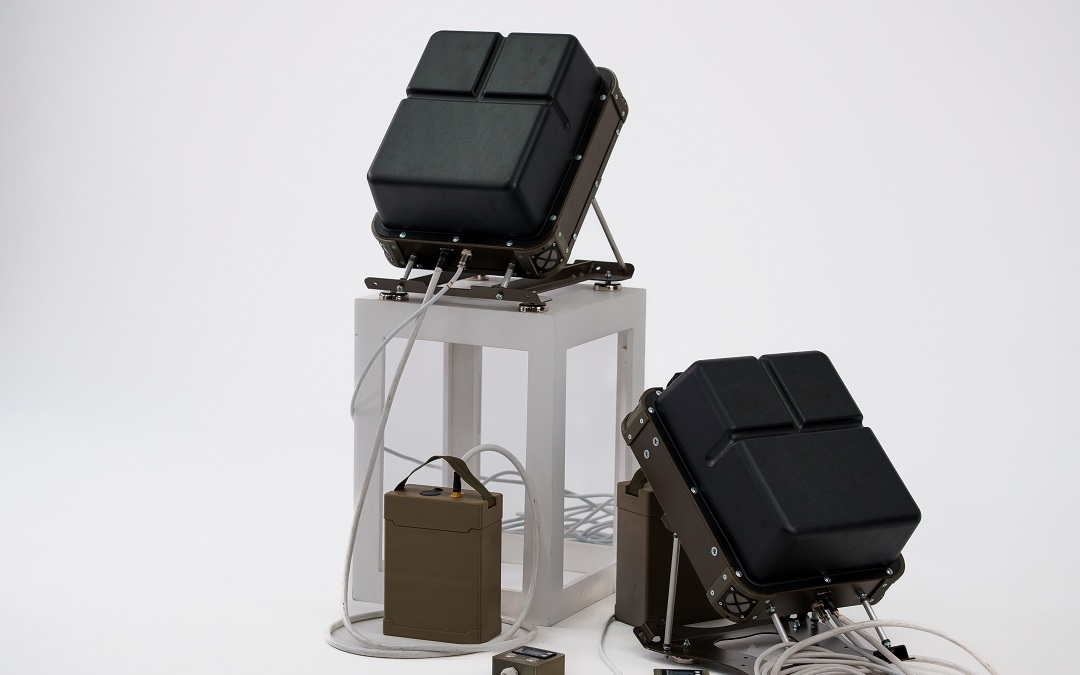Understanding C-UAS Systems
The rise of unmanned aerial vehicles (UAVs), commonly known as drones, has brought new security challenges worldwide. With easier access to advanced technology, the risk of misuse—such as privacy invasion, smuggling, and terrorism—has grown, requiring strong countermeasures. C-UAS systems, or Counter-Unmanned Aircraft Systems, have emerged as a solution to these challenges. These advanced systems are made to detect, track, and disable unauthorized or hostile drones, safeguarding critical sites, infrastructure, and communities. Organizations must understand C-UAS systems to strengthen security against UAV threats. Integrating them helps security teams counter rogue drones successfully.
C-UAS systems use various counter-drone technologies to tackle specific UAV threats. Detection tools like radar, RF scanners, and sensors are important for spotting drones in real-time, often over large areas. Once a drone is detected, tracking technologies monitor its movements to assess the threat. Neutralizing methods, like jamming or using nets and projectiles, can then be used to intercept the UAV. Also, some advanced C-UAS systems use smart algorithms to manage these processes automatically, providing real-time data and coordinated responses. As the landscape of UAV threats continues to change, the integration of counter-drone technology within existing security infrastructures remains necessary for maintaining a proactive defense.
The Need for Integration with Current Security
As drones become more advanced and accessible, the need to integrate C-UAS systems with existing security measures is undeniable. These drones pose complex risks that traditional security can’t manage alone. The unpredictable nature of UAV threats requires a risk management approach that integrates counter-drone technologies into existing systems. This improves detection, tracking, and neutralization of rogue drones, strengthening overall security and resilience against breaches.
Integrating C-UAS systems with existing security is not just a tech upgrade; it’s a strategic shift in risk management. As UAV threats grow, they expose weaknesses in traditional security, emphasizing the need for a combined approach. By adding counter-drone solutions to existing measures, organizations can tackle emerging drone threats. In the end, the fusion of C-UAS systems with existing security frameworks is not just a tactical upgrade, but a necessary step towards maintaining an agile and strong defense in the face of escalating UAV threats.
Challenges in Integrating C-UAS Systems
Combining C-UAS systems with existing security presents problems, mainly around system compatibility, that organizations must address for effective deployment. Ensuring new C-UAS technologies work with existing security systems can be complex due to the variety of technologies involved, from radar and RF scanners to data analytics platforms. Each of these components must be tailored to work consistently within the broader security architecture, requiring careful planning and execution. This challenge is compounded by the need for interoperability among different vendors and technologies, which can lead to potential compatibility issues that must be addressed to avoid operational discrepancies.
Regulatory concerns also present major difficulties in integrating C-UAS systems. The changing laws and varying regional regulations affect how these technologies are deployed. Organizations must navigate this complex regulatory environment to ensure compliance, which can involve adapting systems to meet specific legal requirements. Also, the complexity of coordinating C-UAS technologies with existing defense strategies cannot be ignored. This often requires considerable investment in training and development to guarantee that security personnel can successfully manage and operate these advanced systems.
Best Practices for Consistent Integration
An integration strategy begins with carrying out thorough compatibility assessments, which involve evaluating both the technical and operational dimensions to ensure that new counter-drone technologies can be easily incorporated into current frameworks. By identifying potential compatibility problems early on, organizations can reduce operational disruptions and make sure that all components work together as one unit. Synchronizing technology with security goals ensure new systems fit and improves overall security. This approach allows more productive C-UAS deployment, addressing vulnerabilities and complementing current measures. System optimization is significant for the success of C-UAS integration. Regular updates ensure systems stay current with evolving threats and technology. A maintenance schedule helps keep systems efficient, while training security personnel ensures they can manage the technology. A strong integration strategy improves security and strengthens defense against growing drone threats.
Future of Integrated Security Solutions
The future of security solutions includes integrating advanced systems like C-UAS, marking a shift in threat protection. Security trends focus on merging technologies to create adaptive defenses. By combining C-UAS with existing systems, organizations can better detect and neutralize threats quickly. This trend strengthens current capabilities and fosters innovation in developing more advanced and responsive security solutions. Unified security systems are fundamental for providing strong defense against various threats.
In the future, we’ll see a focus on intelligent systems using AI and machine learning to predict and respond to threats in real-time. This will allow for a more complete approach to security, combining data from multiple sources to better identify vulnerabilities. As these technologies evolve, security solutions will become more advanced, offering greater protection. By strategically integrating C-UAS and other technologies, the future of security will be more resilient and capable of addressing modern threats.


Recent Comments